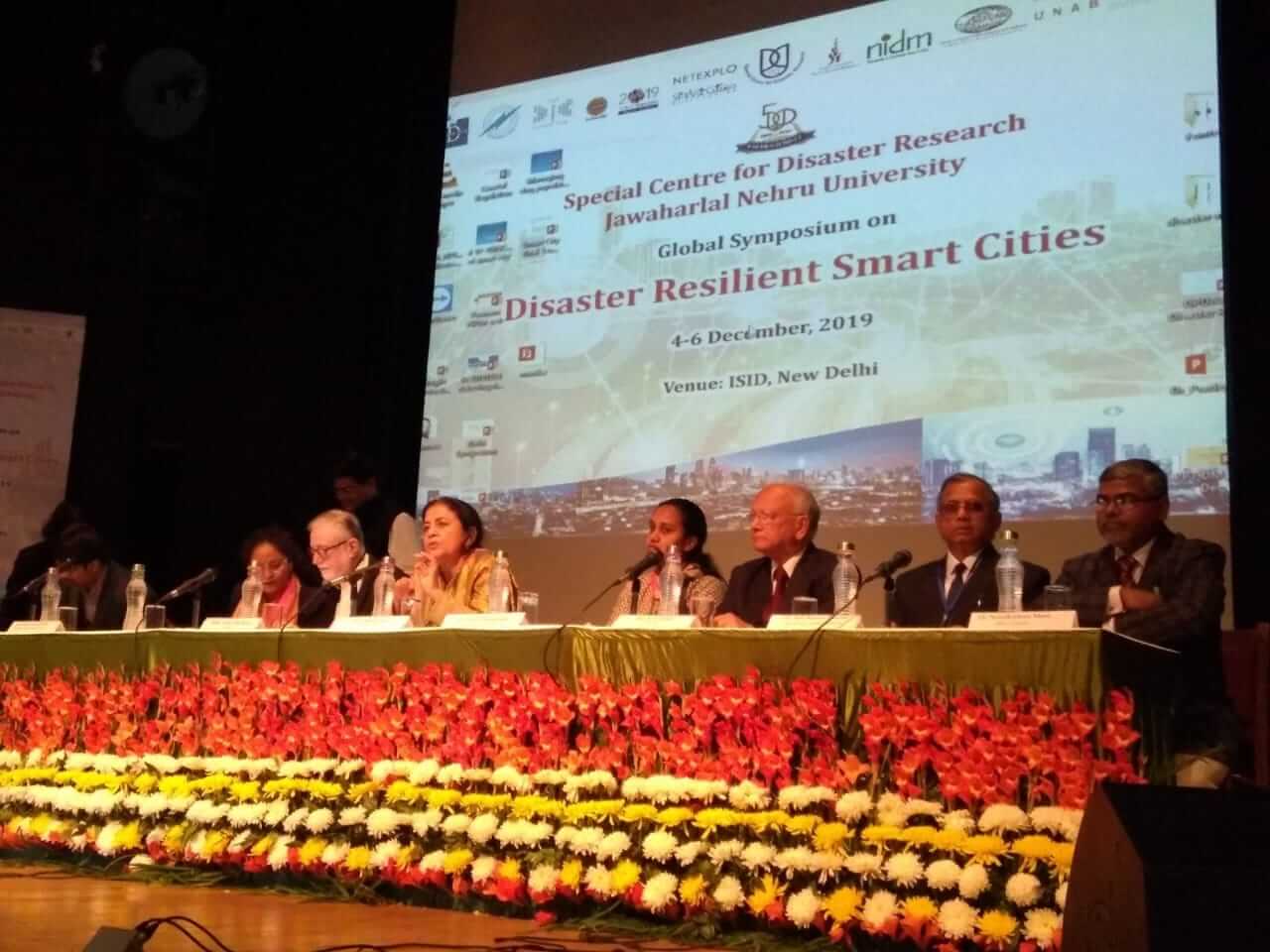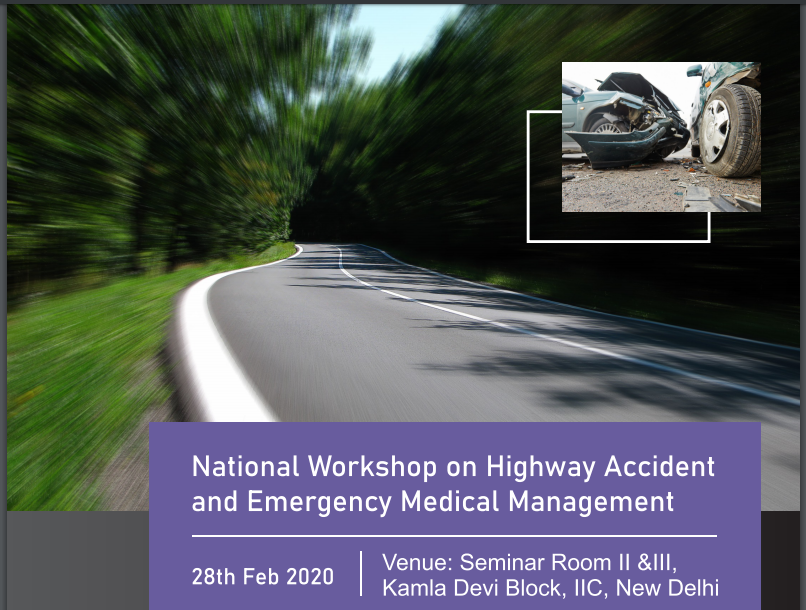Global Symposium On Disaster Resilient Smart Cities Organised By The Jnu

-
Place/Venue
-
DATE
7 Aug, 2020
-
Duration
About Events
In the Global Symposium on ‘Disaster Resilient Smart Cities’ organised by the JNU Special Centre for Disaster Research at the Institute for Studies in Industrial Development Auditoriam (Dec 4-6, 2019), KM Singh, Vice President PPF delivered a talk on ‘Making Animals in Smart Cities Disaster Safe’ in the Plenary Session.
He mentioned that the Smart City Mission was launched in India by Prime Minister Narendra Modi on 25th June 2015. This mission envisages having the entire echo system in the selected cities within the framework of comprehensive development with sustainable infrastructure characterised by inclusivity.
In this context he highlighted thatvIndia is primarily an agrarian country where animals are an integral part of human life not only in rural areas, but also in cities. They are closely linked to day to day life of people even in cities, be it for security or companionship (dogs) or availability of dairy products (cows & buffaloes) or food (goats & poultry etc). So, if inclusivity and comprehensive development are the stated missions of smart cities, it should cover all lives including urban animals. Significantly, the Smart City Mission has no mention of animals or livestock.
Among all animals, canine is one which cannot be excluded from urban life. In India most animal bites (91.5%) are by dogs of which 60% are stray dogs (NCBI). Piecemeal initiatives to control the dog population in some of the cities have shown good results. This programme was initiated in Jaipur in 1994 with over 65% street dogs sterilised resulting in decline of dog population by 28%. Similarly, Chennai witnessed drastic reduction in dog bites from 120 to in 1996to5in2004(DrKrishnaSC,2010). In JodhpurCity dog population dropped by 40% within 3 years (Tottenham, 2009). To take care of this menace, Animal Birth Control (ABC) programme was formally notified in 2001. However, this programme has been a victim of ineffective implementation.
Another major problem is stray cows in the cites. Recently, Surat Municipal Corporation has taken an initiative of putting tags in the ears of animals with a registered number which is linked to the Aadhar cards of the owners. This process helps in identifying the owner of the stray cattle.
Considering the relevance of animals in our day to day life in the Indian context, the importance and need of including animal care and safety of animals while planning for disaster resilient smart cities cannot be ignored. This issue would call for a visionary and comprehensive approach in planning of smart cities. This would include having a policy, an institutional mechanism, requisite infrastructure besides capacity building and awareness generation measures.
In
He suggested that the broad framework of smart cities should have a well-considered policy to address issues of both community ownership and pet ownership. The policy may prescribe the number of animals that can be owned as pets and also procedure to be followed for community animals in designated areas. As regards implementation of the policy, there would be a need to establish an institutional mechanism to effectively plan, implement and monitor. It should also ensure enforcement of Animal Welfare Acts and Rules in smart cities with online tracking mechanism.
High vulnerability of many of our cities like Mumbai, Chennai, Srinagar and Patna etc from urban flooding was exposed in recent years. Death of a large number of animals in these floods causing contamination of water and diseases has to be factored in planning of smart cities. It would call for requisite infrastructure in terms of construction and maintenance of safe emergency shelters along with identified evacuation routes to strategic locations for public to safely evacuate along with animals in emergency situations.
He mentioned that the need of appropriate capacity building in this field in the framework of smart cities may be equally important. It would include appointment and training of adequate human resources to periodically asses, treat, monitor, document and report on the health and welfare of animals and related diseases affecting both animals and people.
He concluded his address with a relevant quote of Mahatma Gandhi: “the greatness of a nation and its moral progress can be judged by the way in which its animals are treated”
